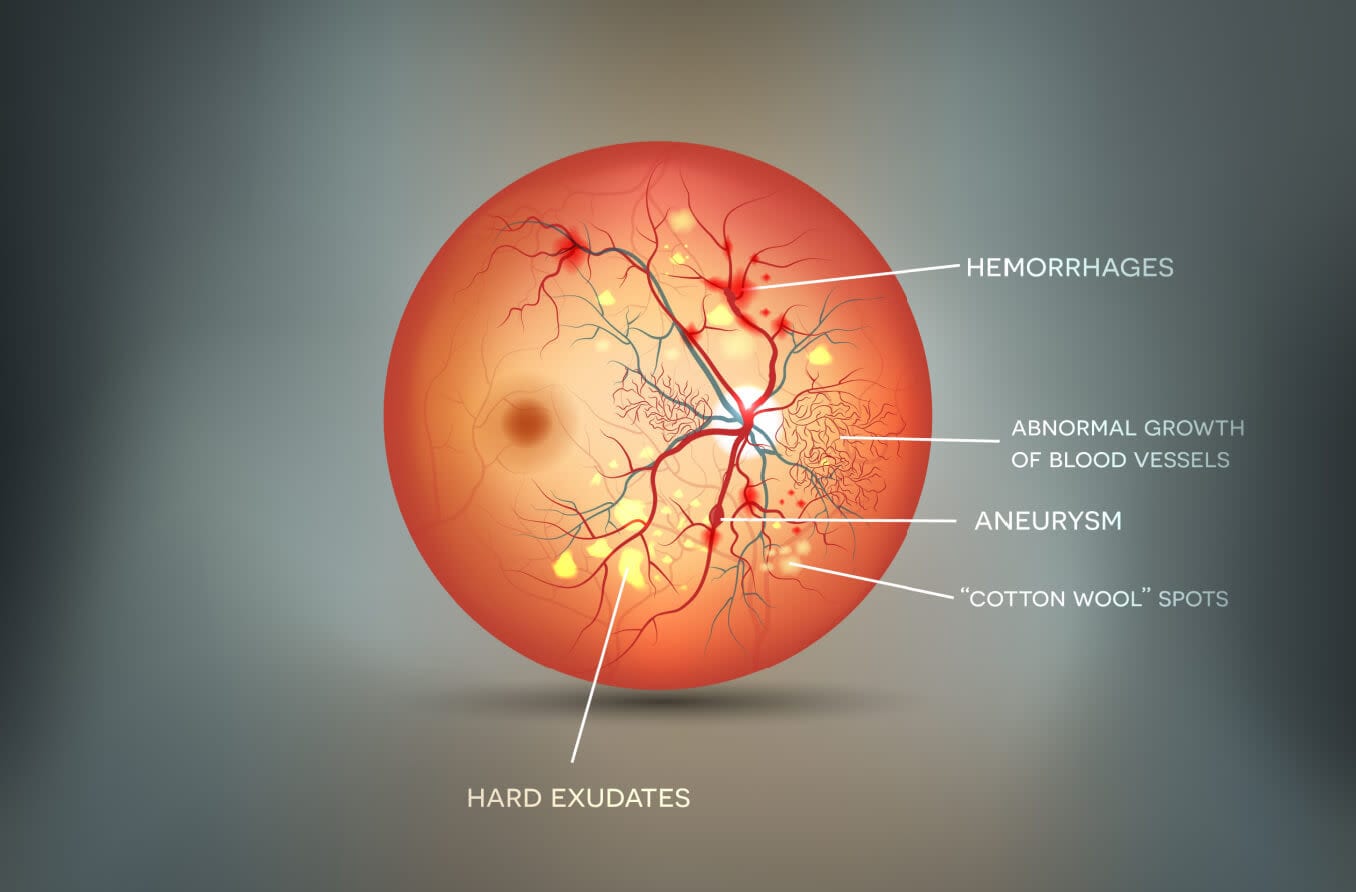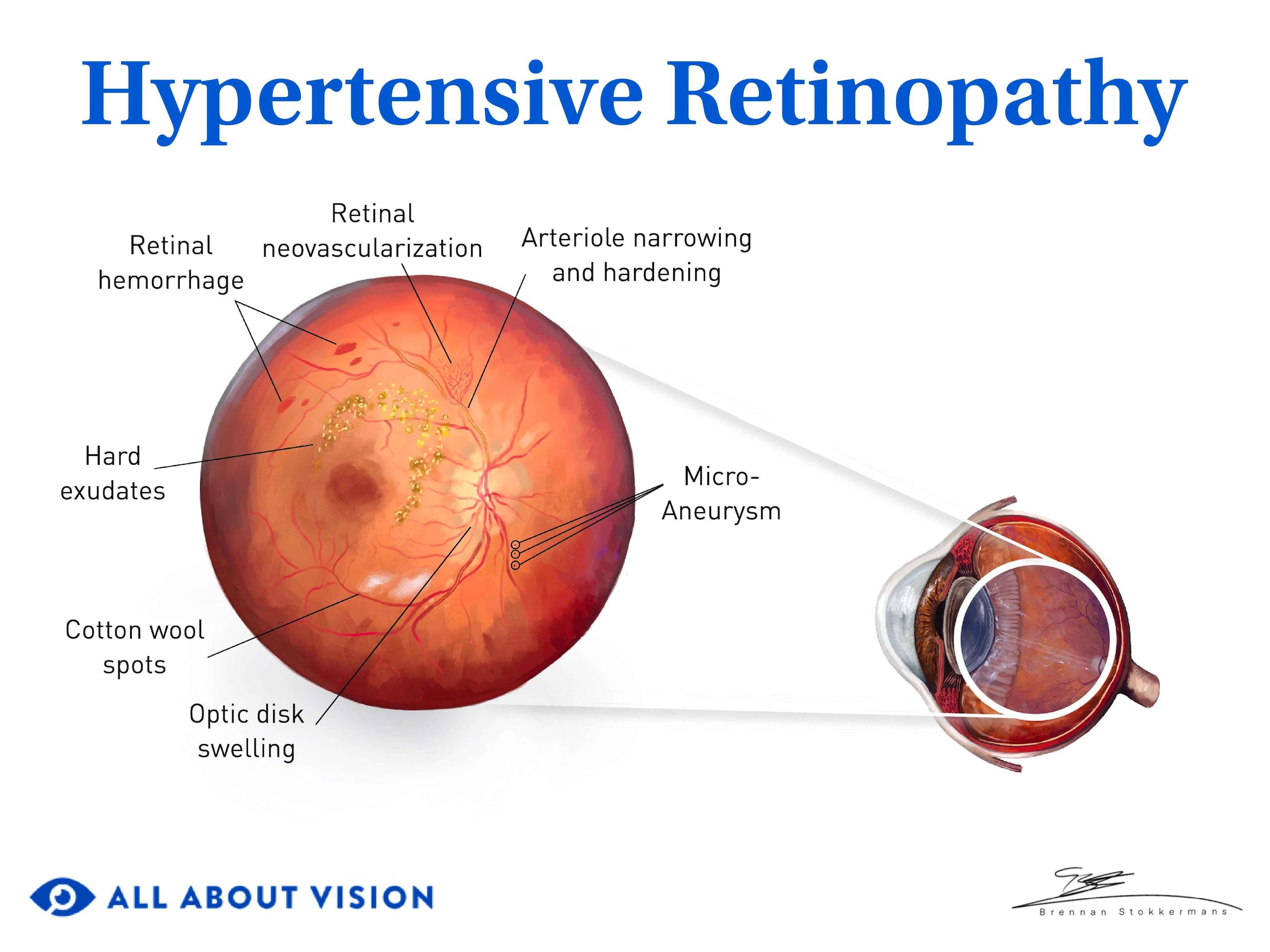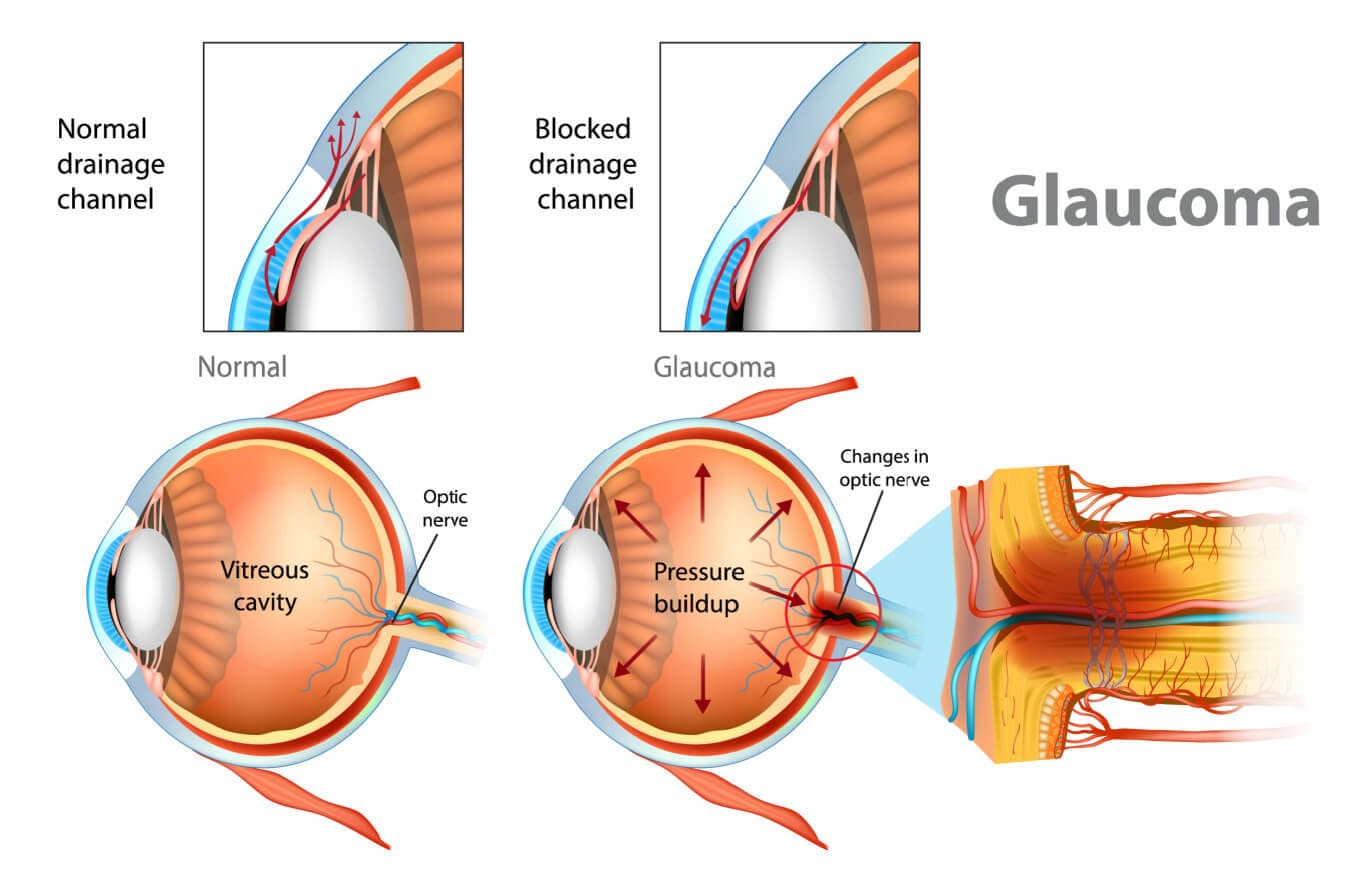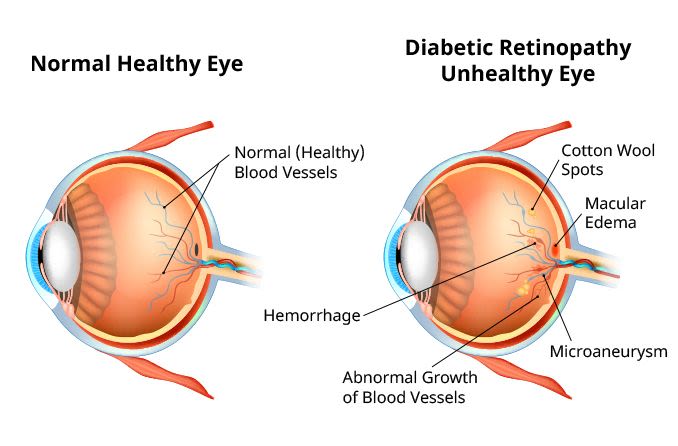What are cotton wool spots?
Cotton wool spots (CWS) are fluffy white or yellow spots that can appear on the retina. While the spots themselves don’t typically cause problems, they often indicate an underlying condition. A CWS can be a cause for concern in an otherwise healthy individual.
What causes cotton wool spots?
Cotton wool spots are likely caused by reduced blood flow (ischemia) to the retina. The retina is a layer of tissue at the back of the eye. It transforms light into nerve signals, which are then sent to the brain.
A block in the artery that brings blood to the retina may cause the ischemia that creates a CWS. Cotton wool spots are made up of swollen debris from local cells.
There are multiple conditions that can lead to the development of cotton wool spots. These fall into the following categories:
Ischemic – conditions that prevent adequate blood flow to certain areas
Immune and inflammatory – conditions in which the immune system mistakenly attacks the body
Infectious – conditions caused by organisms like viruses and bacteria
Embolic – conditions caused by a physical block in an artery, called an embolism
Neoplastic – conditions that involve abnormal masses of tissue that are sometimes cancerous
Medication-induced – conditions brought on by medications
Traumatic – conditions caused by a physical injury
Idiopathic – conditions with an unknown cause
The two conditions most frequently associated with cotton wool spots are high blood pressure (hypertension) and diabetes.
SEE RELATED: Anemia and Eyes
Hypertension and cotton wool spots
Hypertension is a condition in which blood pushes against the arteries with too much force. Long-term high blood pressure can lead to hypertensive retinopathy. This occurs when retinal blood vessels are damaged. The longer an individual’s blood pressure is high — and the higher the pressure is — the worse the damage.
In many cases, changes in the appearance of retinal blood vessels, cotton wool spots and flame hemorrhages are the first signs of hypertensive retinopathy. Flame hemorrhages consist of blood that has escaped from a blood vessel. This blood often looks like feathers or flames.
Hypertension can also impact the eyes in other ways:
Poor blood flow can damage the nerves
The arteries that supply blood to the eyes may become blocked
The veins that carry blood away from the eyes may become blocked
Diabetes and cotton wool spots
Diabetes is a condition in which an individual’s blood sugar is too high for too long. The sugar can damage blood vessels anywhere in the body. If the blood vessels that lead to the retina are damaged, the vessels may release blood (hemorrhage) or plasma (edema). They may also deform (micro-aneurysm), become abnormal (intraretinal microvascular abnormalities), or start to grow (neovascularization). This is a condition known as diabetic retinopathy.
Diabetic retinopathy won’t always show immediate symptoms. However, cotton wool spots can be an early indicator that this condition is present.
Any form of diabetes can cause diabetic retinopathy. In turn, diabetic retinopathy can result in:
Diabetic macular edema
Neovascular glaucoma
What are the symptoms of cotton wool spots?
Cotton wool spots do not typically cause symptoms. However, if a CWS develops over the fovea — an indentation at the center of the retina — the CWS can interfere with vision . This is because the fovea produces the sharpest vision.
How are cotton wool spots treated?
Treatment for cotton wool spots is based on the underlying cause. In many cases, the spots will go away in about 6-12 weeks.
For those with hypertensive retinopathy, lowering blood pressure is the only treatment option. The retinal damage can heal if the blood pressure is brought down to a healthy level early enough. However, if the hypertension lasts too long, it may cause permanent damage to the optic nerve or macula.
For those with diabetes, managing blood sugar levels is the best way to prevent retinopathy. If diabetic retinopathy develops, regular eye exams will allow the eye doctor to monitor the condition.
There are also treatment options available, including:
Injections, such as anti-VEGF drugs or corticosteroids
Laser treatment
Eye surgery
These treatments cannot reverse existing damage. However, they can help slow or stop further damage.
When should you see a doctor?
Cotton wool spots can be an early sign that diabetes or hypertension has damaged the retina. It is important to keep up with regular eye exams , particularly if you are at risk of either of these conditions.





